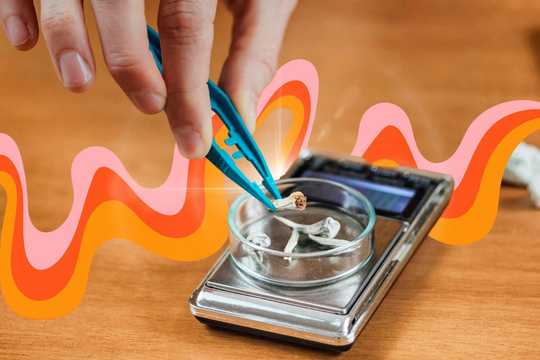“What gives light must endure burning.” –Victor Frankl
Mystical experiences can allow us to feel an oceanic state of oneness, a connectedness to others, to the planet, and to ourselves in ways that we may not normally experience. However, afterward it can leave us feeling even more isolated and lonely in comparison.
What can compound this is the recent popularity of eastern spiritual practices and the talk of “unity of being” or “oneness”, which can leave people feeling like there is no room for pain, suffering, anxiety, or depression. It can actually generate and reinforce fragmentation and separation by rejecting what is painful and needs healing. However, I have always believed that everyone has the ability to move toward wholeness if given the opportunity to do so.
For centuries human beings have been exploring non-ordinary states of consciousness in order to experience healing and personal growth. There are a variety of modalities to approach this: music, dance, chanting, meditation, holotropic breathing, and medicinal plants and herbs. Mystical experiences can be very affirmative and we can reorient our life to align with what we learn. These experiences can also be scary, taking us to depths of our psyche that we may not be prepared to handle.
Prep Work & Integration Pays
In helping individuals work with these non-ordinary states, I believe it is important to prepare for the experience beforehand as well as integrating it afterward. Proper preparation and integrating mystical experiences involves 3 elements. The first is setting intentions prior to the experience. Next is scheduling time afterward to let the experience sink in. The final key element is integrating and processing the experience in a way that facilitates healing and growth.
To nurture this healing and growth, a skilled practitioner performs a number of tasks. The practitioner creates a safe space, providing encouragement and support for individuals to engage in significant emotional depth work. This allows individuals to move through the experience and avoiding spiritual bypassing. In order to facilitate this the practitioner needs to maintain a solid state of coherence; sustaining calm, clear and connected communication.
Spiritual Bypassing & Somatic Therapy
Psychologist John Welwood first coined the term “spiritual bypassing” which refers to the use of spiritual practices or beliefs to avoid dealing with pain and suffering. Spiritual bypassing is a way for us to not only avoid pain, but legitimize such avoidance because of our cultural intolerance for entering, facing, and working through our pain. Spiritual bypass is when someone is not dealing with their emotional pain – it’s a metaphysical limbo. Often we don’t even know we’re doing it. The process of integration can involve helping someone to move through a difficult experience instead of bypassing it.
Somatic therapy informs the integration process for me. It involves trusting the wisdom of the body; the body knows what to do. Our body is a powerful container that we can always have access to. It holds all the information we need – and it is literally encoded onto our DNA. With this understanding, I encourage clients to be in the felt realm, cutting through the story/narrative realm.
By encouraging clients to feel what is happening and allow it to sink into their body will help maximize the benefits of an experience and give a reference point to come back to when needed. When we ask the body to be an active participant it can tell us things that we might not have realized intellectually. Most people in the West are disassociated and not embodied so working with the mind-body dichotomy is essential.
Somatic therapy provides an excellent way for people to find their edge. Growth is just on the other edge of fear. It helps to have someone coaching or assisting us as we move through that area of fear. This felt sense of support helps the client face what needs working with, moving through that experience. Afterwards the client becomes grounded and returns to a settled state.
Breathwork
Another aspect of the integrating mystical experiences can involve breath work. Breath work is a non-specific tool that can facilitate integration and bring people to somatic catharsis or to a cognitive awareness which can help them reframe the experience. It can often give a gentle push to move forward and explore a difficult experience again but in a gentler way.
Using the breath allows the experience to unfold on its own and for each person in the way that is most useful for them. Often the experience doesn’t have words and may need a felt sense awareness of what happened. In this case encouragement to trust that there is this innate intelligence in the body that can guide us is vital. The breath is key in helping to self- regulate the nervous system. This requires an active participation as well as allowing.
In addition to the somatic process and breath work, another important aspect to integration is encouraging being in nature. Nature helps us to get in touch with things that are outside of ourselves. Becoming connected with the rhythms of life facilitates that feeling of connectedness that we all need and crave. The universe speaks to us through nature. Nature encourages us to be engaged, promoting a felt sense of calm alertness, ready to experience the world around us in a modulated way. (The Nature Principle can help with nature deficit disorder.)
The whole point of exploring non-ordinary states of consciousness is to embody what we’ve learned. In addition to processing the experience with a therapist, there are other ways to help integrating mystical experiences. These are meditating, walking in nature, writing, and expressing our creativity. All are important ways to gain incredible insights and to facilitate further growth. It is important to note that this growth in the area of personal and spiritual development is a lifelong project.






